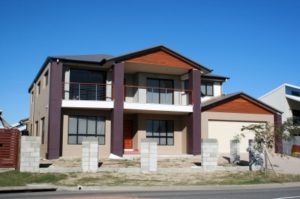 The 2011 National Census results have now been released, and Liverpool residents have already been poring over the figures to find out just how much Australia and our local communities have changed over the past 5 years.
The 2011 National Census results have now been released, and Liverpool residents have already been poring over the figures to find out just how much Australia and our local communities have changed over the past 5 years.
For those who read this blog, perhaps the most interesting changes were those that painted a picture about the Australian real estate market.
One change that some may find significant, is that for the first time since European settlement there has been an increase in the number of people per home.
While the change is only small (from 2.61 people in 2006 to 2.63 in 2011) it goes to show that there is a trend emerging where more and more people are starting to live together in the same household.
If you consider the changes in the average family unit over the past few years, the dwelling increase makes sense. Children are staying home longer, and people are living longer too (and probably living with their children in their senior years).
Some people believe the reason that children are staying in the parental home longer is because of the rising costs of mortgages and rents. The median weekly household rent for Australia has gone from $191 in 2006 to $285 in 2011, and median monthly household mortgage repayments have gone from $1300 in 2006 to $1800.
If the current household trend continues, then families will need to start looking for bigger homes which will accommodate a larger number of occupants.
This has already started happening, and this can already be seen in area like Liverpool and surrounds where families are choosing to move further away from the city centre, where they can buy larger homes and at a more affordable price too.
It will be interesting to see what the dwelling numbers will be in the next Census, but for those who are interested in reading more results from the 2011 Census, you can head to www.abs.gov.au/census.